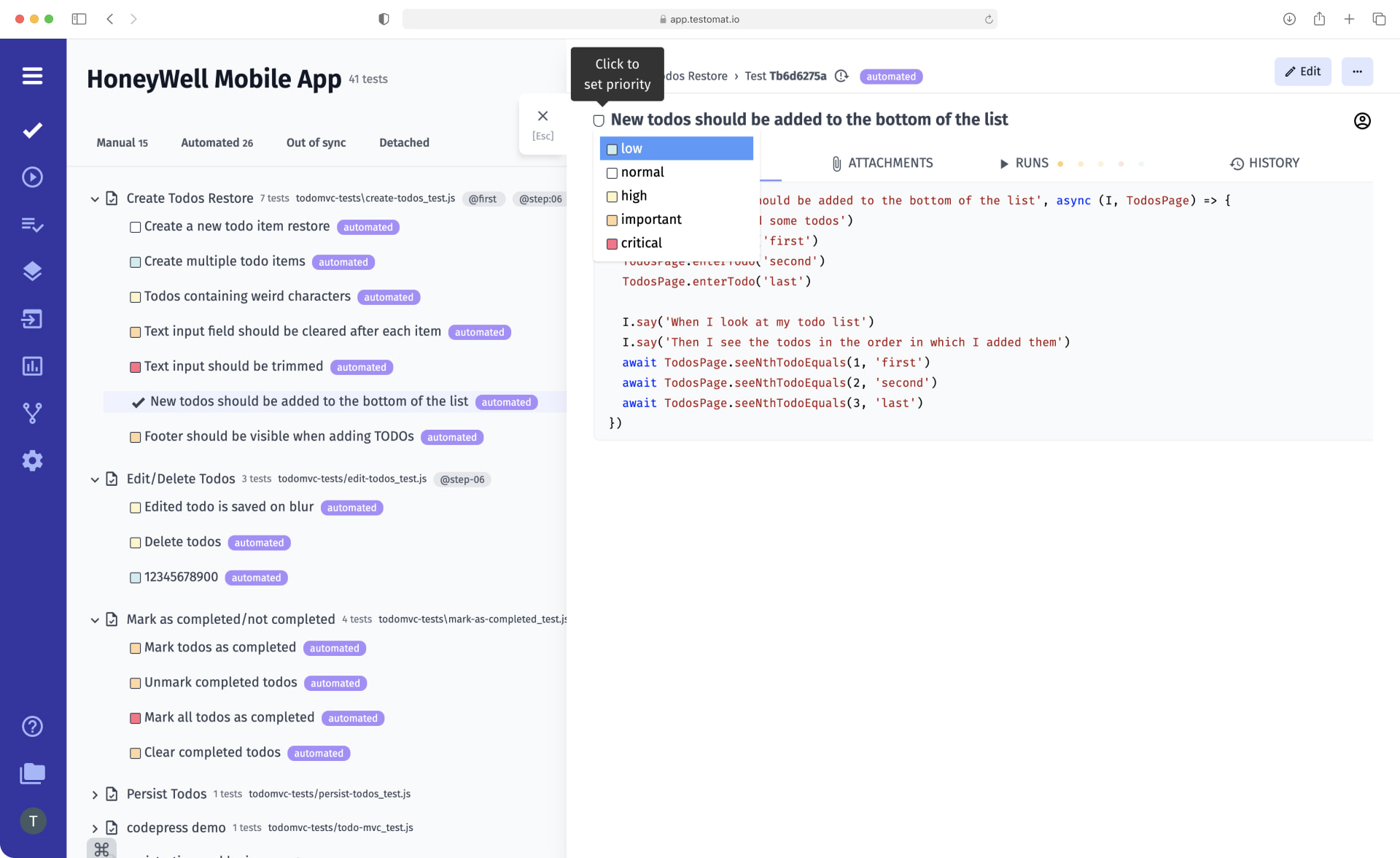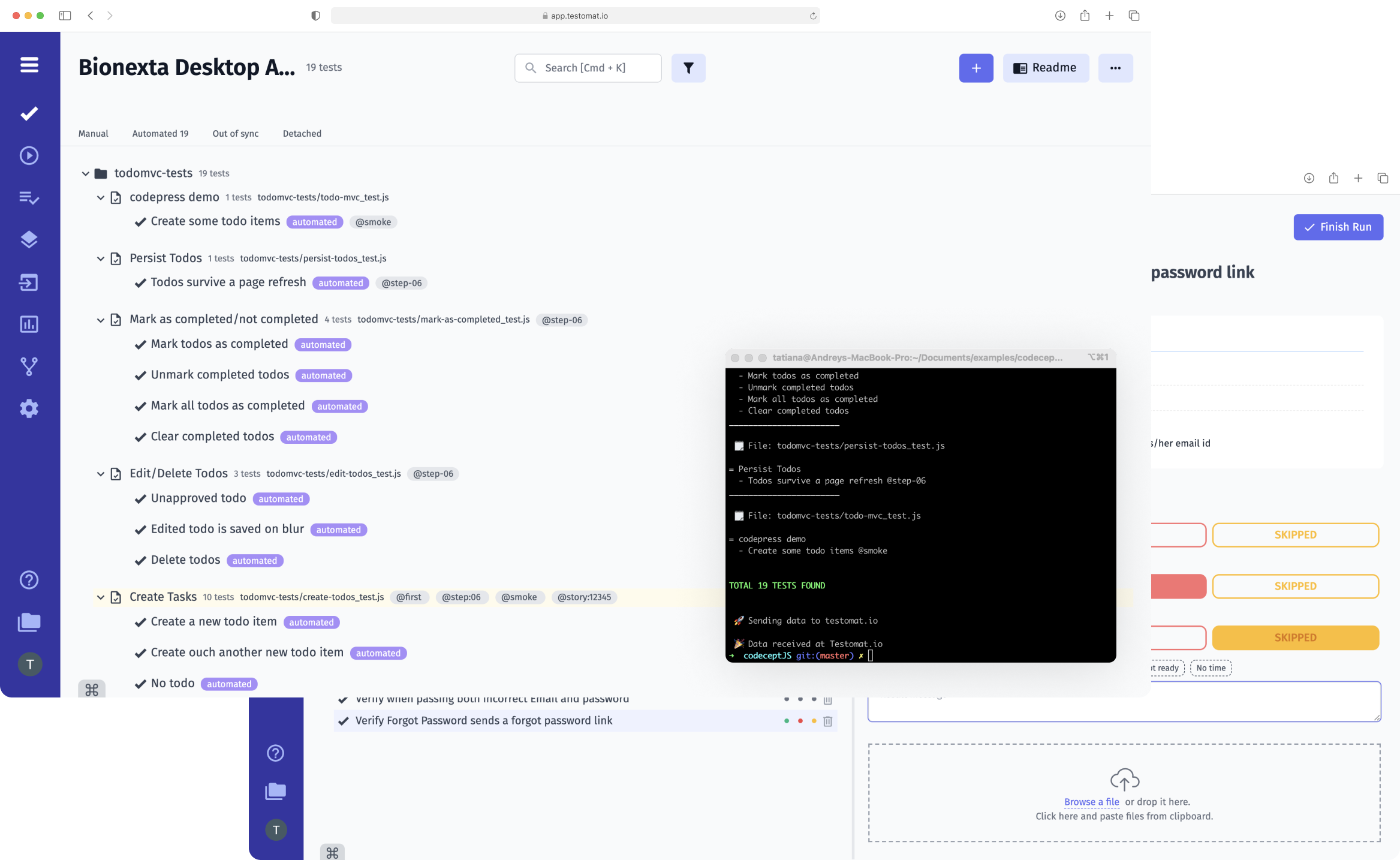
We are all very familiar with the basic 7 Principles of Software Testing. One of them talks Exhaustive testing is impossible. Consequently, you have to focus on the parts of testing that are really important to your test project. The concept of assigning priorities to test cases helps in this challenge the best. Because test case prioritization is used to show how important a particular test case is in relation to other test cases. It is a way to prioritize and schedule test cases from high-level priority to low-level priority.
Thus, QA engineers are important to know the benefits, challenges, and techniques of prioritizing test cases thoroughly to reap maximum benefits from it.
The key benefit of test case prioritization in software testing
Prioritizing test cases increases understanding of what parts of the software have to test at first. And QA should execute each test case from a higher priority to a lower priority. It also ensures that the most critical test cases are executed early in the Software Development Life Cycle (SDLC). Allows testers to find defects and errors in the system as soon as possible and win time to their bug fixing. Especially during Regression Testing in order to improve the efficiency of software testing. By the way more detail below.
In testomat.io test management app, 5 different priority levels of your testing are supported. Set a test case as priority critical to indicate it is the highest priority.
Priority values are specified:
- Low
- Normal
- High
- Important
- Critical
All test cases can be given a priority value, both manual test cases and automated test cases. You can change the priority for any test case in the testing process flow by changing the priority label, for example from low to high priority. In addition, test prioritization is marked by colour. red colour of test cases signifies a critical priority, while the green one has a normal priority.
Business Analysts (BA) or QA project coordinators can link test cases with business requirements of user stories and issue in Jira with prioritization as well within Advanced Jira Plugin. And the priority you give to running a test case relates to the priority you will give to fixing different defects.
Filtering, sorting and searching by priority field when running or managing cases are available. You can also filter by priority when selecting which cases to include in a test suite. Shows the number of test cases, within each test script, that is set to low priority, normal or high priority for example. Using a filter you can see instantly the list of test cases by priorities across a number of test cases too. This lists test cases that are assigned to a specific tester.
Analytics provides the possibility of sorting test cases by priority. Namely Requirement traceability, Defect tracking.
Combining tests into test suites or Run groups by priorities. It allows Run them first. Track them. View report by them apart.
How decide the priority test case execution
Establishing the right priority for your tests we can’t help you decide on the precise priorities for your testing, as this is dependent on the product or application under test. And you should decide what priority personally. Priority indicates how important a test case is in your context.
We might give you only the recommendation, on how better to set test priorities to achieve more efficiency in quality through our test management system.
Tips:
- Low – failure on this test is likely to indicate a trivial problem with the functionality. If time permits it would be nice to run these tests but they need not be completed if the time scales don’t allow (i.e. if this test was carried out and failed it would not stop the product shipping)
- Normal – failure on this test is likely to result in loss of functionality that is not critical to a user. This test should be run once and probably need not be run again.
- High – failure on this test is likely to result in loss of functionality but there may well be workarounds available. This test should be run only once development in this area of functionality has stabilised.
- Important – failure on this test is likely to result in unacceptable loss of app functionality. This test must be run as soon as practicable.
- Critical test priority – this test is likely to result in a loss or corruption of data. This test must be run as soon as practicable and must also be run on the final build.
Test case prioritization techniques
Test case prioritization techniques based on Software testing design techniques. As follows it is a way of smart software testing. Test case prioritization techniques schedule test cases for execution in an order that attempts to maximize efficiency. It is necessary within the limited testing time and budget of the typical software testing process.
In the prioritization scheme, the main guideline that one must follow is to ensure that lower-priority test cases should not cause any severe impact on the software testing life cycle.
Prioritizing test cases and test suites could be ranging from different factors:
- Coverage-based additional statement coverage prioritization
- Requirement-based
- Risk-based
- Search-based
- Fault-based
- History-based
- Environment, Resource-based
- Cost-aware based
Prioritizing test cases vs Regression testing
Regression Testing it is a partial selection of already executed test cases that are re-executed to ensure that new functionality doesn’t destructive effects on the existing functionalities of software.
As the size of the software app grows, the number of test cases also grows bigger and thus, requires more effort and resources to maintain them. To reduce the cost of regression testing, software testers tend to prioritize their test cases and test suites of those which are more important. These come as manual tests as well as automated tests. Assigning priorities helps minimize the number of re-running test cases and reduce time and efforts on regression testing in agile, ensuring product delivery on acceptable quality levels at the same time.
Prioritization of regression test cases normally is based on:
- the functionality that is crucial from the business point of view
- high-risk faults tests
- fault proneness areas, it is test suites that locate test cases with similar faults earlier in the test process
- test cases with dependencies from the related functionality etc.
Hope, you’ll end up prioritizing your most important test cases successfully!
